Lionel Messi’s extraordinary performances well into his mid-30s have not only rewritten record books but may also be quietly reshaping how clubs, fans, and brands evaluate aging footballers. As the Argentine maestro continues to dominate headlines—first with Paris Saint-Germain, then in the MLS with Inter Miami—he’s become a living contradiction to conventional wisdom about athletic decline. But behind the glamour and the goals, a more complex question is surfacing: is the “Messi Effect” creating unrealistic expectations for other aging superstars?
Decoding the Post-35 Performance Curve
For decades, most footballers peaked between the ages of 26 and 30. By 33, performance levels—measured in minutes played, goals, assists, distance covered, and sprint frequency—tended to decline sharply. Physiological limits such as reduced recovery time, slower reflexes, and declining VO₂ max have long shaped this narrative.
Yet Messi’s trajectory defies that curve. His post-35 performance at Inter Miami includes game-winning free kicks, double-digit goals in fewer than 20 matches, and an ongoing ability to orchestrate play like a conductor in a symphony. Statistically, his expected goals (xG), progressive passes, and key passes per 90 minutes remain in the top percentile globally. That kind of dominance from a 36-year-old is historically rare and mathematically anomalous.
However, when we zoom out and analyze the broader field of aging players, the drop-off is still very real. Players like Eden Hazard and Gareth Bale saw severe declines after 32, partly due to injuries and physical tolls. In truth, Messi’s sustained brilliance may be the exception, not the rule—and that’s exactly why it’s skewing benchmarks.
Commercial Stardom vs. On-Field Value
One of the most profound impacts of the Messi Effect is commercial. His arrival in the United States saw MLS ticket prices surge, jersey sales break records, and Apple TV subscriptions jump due to exclusive MLS Season Pass access. For Inter Miami and its sponsors, Messi is not just an athlete—he’s a brand accelerator.
This growing commercial-metric bias, where marketability carries as much weight as match impact, is becoming a new layer in evaluating veteran players. Aging stars are increasingly viewed as hybrid assets: performance contributors and revenue multipliers. Messi’s stardom made Inter Miami a global talking point overnight. Cristiano Ronaldo’s move to Al-Nassr followed a similar pattern, with merchandise sales, social media followers, and league visibility spiking in tandem.
However, clubs chasing that commercial gold often overestimate the lasting sporting contributions of aging players. When a superstar can’t deliver consistent performances, the balance tips. Revenue might rise temporarily, but brand value risks taking a hit if results don’t follow. Messi’s unique ability to deliver both value streams—sporting and commercial—is rare.
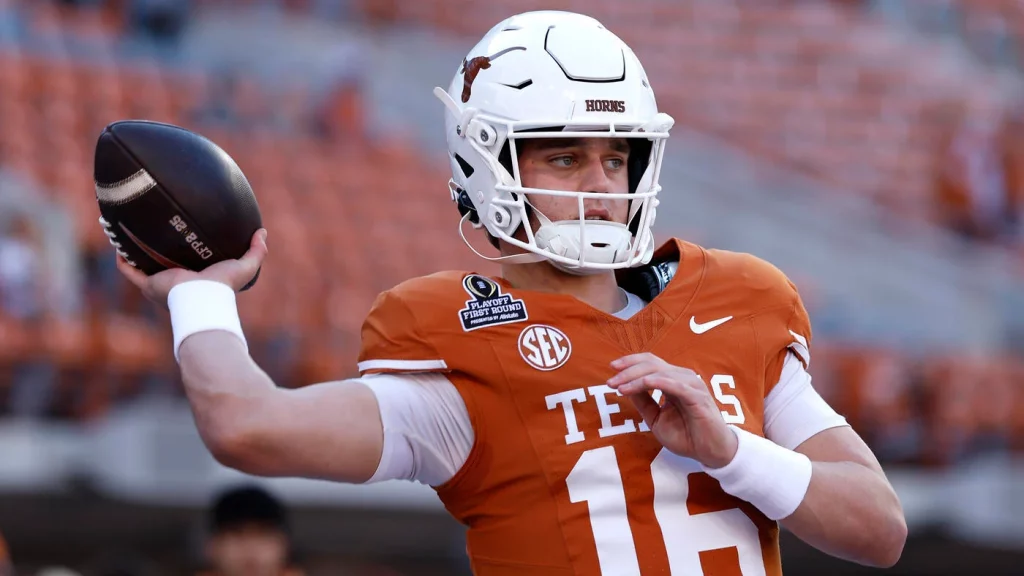
Zlatan and Ronaldo: Case Studies in Longevity
To better understand this dynamic, let’s examine how Zlatan Ibrahimović and Cristiano Ronaldo—two iconic contemporaries—navigated the aging curve.
Zlatan, known for his incredible fitness and competitive edge, reinvented himself in his 30s. His time at LA Galaxy (age 36–38) saw him score 53 goals in 58 games, proving his quality against younger, more physically agile opponents. His return to AC Milan brought leadership, clinical finishing, and charisma that rejuvenated the squad. However, injuries eventually took their toll, limiting his availability and forcing his retirement at 41.
Cristiano Ronaldo, arguably Messi’s only true rival in the GOAT debate, has rewritten expectations for longevity through an intense physical regimen and adaptability. His move to Juventus in his mid-30s was statistically successful, but his later stints at Manchester United and Al-Nassr showed diminishing returns. Ronaldo remains a lethal striker, but his overall impact on game flow, pressing, and team shape has decreased. While he remains a massive draw for fans, clubs have had to adapt systems to accommodate his waning mobility.
Both case studies highlight the key nuance: success post-35 depends not just on physical form, but tactical role, team structure, and injury management. Messi’s success is partially due to being given a creative license—he conserves energy, avoids pressing duels, and operates in space. That won’t work for every aging player.
The Culture of Exceptionality and the Risks It Creates
In a data-driven era, clubs increasingly look at models to predict performance and ROI. But the Messi Effect risks introducing confirmation bias—seeing one outlier as a template. This is problematic not just for clubs but also for younger players who may feel displaced by older stars brought in for branding purposes.
Moreover, media and fan culture are now conditioned to expect magic from older players. This distorts evaluations, creates pressure, and affects how careers end. When aging stars fall short of “Messi-like” standards, the fallout is harsh—often resulting in benching, early exits, or PR damage.
There’s also a psychological toll. Not every player possesses Messi’s temperament, which blends humility with intense competitiveness. Others may struggle with identity shifts, reduced playing time, or fan expectations rooted in nostalgia.
Reality Check: Managing the New Aging Curve
As more clubs, especially in the MLS, Saudi Pro League, and Asian markets, look to aging European superstars to boost visibility, there’s a need for smarter strategy. Aging players can offer immense value—but only when deployed with clarity, purpose, and proper support.
Medical science can prolong careers, but it cannot reverse time. Nutrition, sleep optimization, cryotherapy, and custom training routines help maintain peak levels longer, but not indefinitely. For every Messi, there are dozens who struggle with adaptation or are undone by injury.
Coaches and sporting directors need to shift from idolizing longevity to optimizing it. That means designing systems that reduce physical burden, using aging stars in hybrid player-coach roles, and investing in mentoring younger talent. Clubs must also learn when to let go—no matter how legendary the name.
Conclusion: Admire the Outlier, But Don’t Imitate Blindly
Lionel Messi has redefined what a 35-plus footballer can do. His ongoing brilliance is a gift to fans and a lesson in excellence. But it’s also a statistical and contextual anomaly. The Messi Effect—where clubs seek the next aging superstar who can both win matches and grow brand equity—is a tempting but risky path.
Instead of expecting every legend to follow Messi’s script, clubs would be wiser to view his case as extraordinary. Success at that age requires a perfect storm of fitness, intelligence, role clarity, and institutional support. For every success story like Messi, Zlatan, or Ronaldo, there are many more cautionary tales.
The next generation of football decision-makers must find a new balance—respecting the magic of aging legends without letting it cloud realism. Messi is the exception. And in football, as in life, exceptions are not the rule.

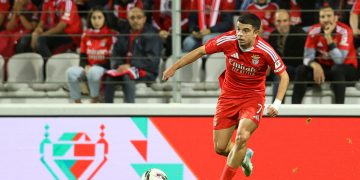
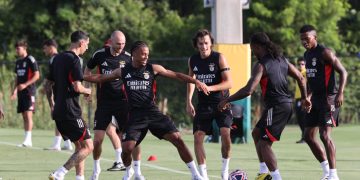
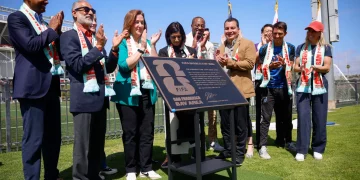


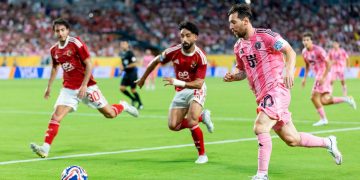







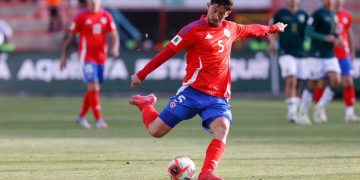

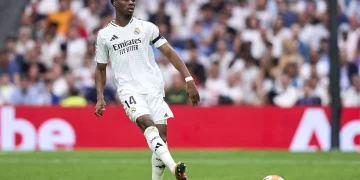




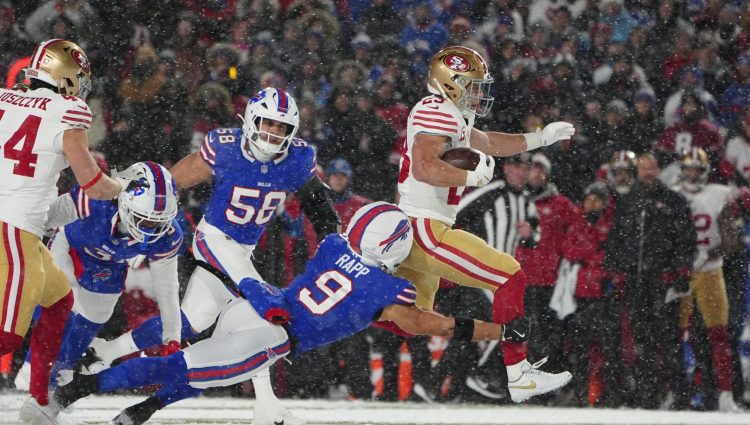












Discussion about this post